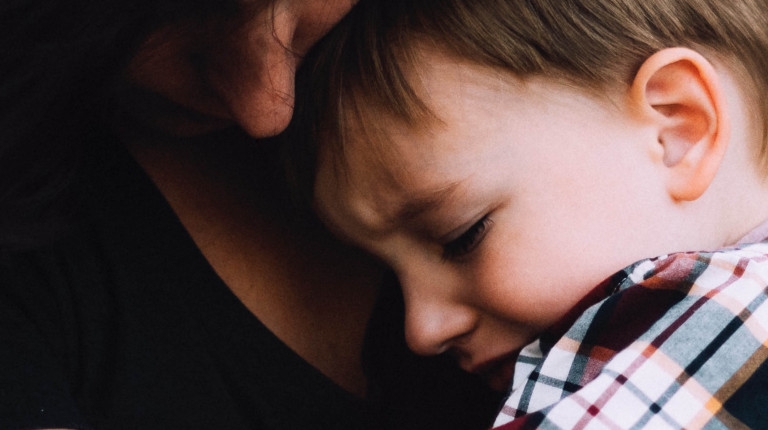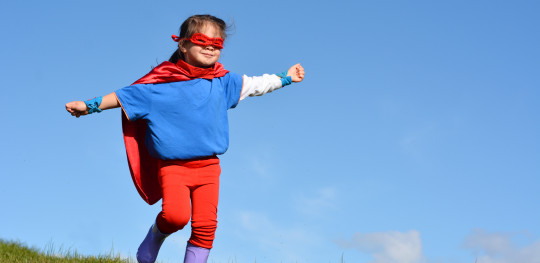Save the Children: More work needed to reduce rates of child poverty in Aotearoa
A downward trend across New Zealand’s child poverty markers over the three years ending June 2021 is a promising start, but Save the Children says greater work is needed for tamariki and their whānau living on the lowest incomes.
Latest statistics released today by Statistics New Zealand show a downward trend for the three primary measures of poverty across the three years since the year ended June 2018 - with two of the three intermediate child poverty reductions met.
However, Save the Children Advocacy and Research Director Jacqui Southey says more attention needs to be given to lifting the incomes of our lowest-income families.
"It is promising to see inroads being made into reducing child poverty by the Government, but we still have a long way to go to ensuring all children and young people in Aotearoa are able to thrive.
"The reality for many of our children and young people is grim. A life where accessing enough food is a daily struggle, living in transient housing situations, where it becomes harder to attend consistent education. This is not the childhood we want for our young people.
Ms Southey says the figures do not include data on families that are homeless or living in emergency accommodation, therefore not revealing this level of hardship.
"These latest figures only go so far in showing the extent of the COVID pandemic on Kiwi households. We know from our colleagues and partners working in the sector that many families are facing continued hardship such as the inability to pay unexpected household bills or regularly have enough healthy food to eat."
In the year ended June 2021, 13.6 percent of New Zealand children (156,700) lived in households with less than 50 percent of the median equivalised disposable household income before deducting housing costs. This was a decrease over three years from 16.5 percent (183,400) in the year ended June 2018. The intermediate target of a reduction to 10.5 percent for this measure was not met.
Says Ms Southey: "We recognise that 66,500 children have been lifted out of poverty, however we’ve still got a long way to go, particularly for disabled and Māori children living in poverty where statistics remain largely unchanged."
"A lot of cash was put into the system in the first year of the pandemic and many families are now feeling the real impact. The rise in inflation has significantly increased basic living costs with the largest food price increases in decades along with increasing fuel costs and now a rise in interest rates.
"The reality is that families living on welfare and low wages are struggling the most. Increasing the available cash in households is the only way to lift children and their whānau out of poverty. While foodbanks have their place, it is not sustainable to expect families to constantly rely on what should be short term or emergency relief.
"We recognise the Government has made increases to benefit levels, however they have been too small in the face of constantly increasing living costs. Making small boosts will not be enough to shift poverty levels, real change is required to lift the amount and radically move away from a system that keeps people on welfare in poverty."




